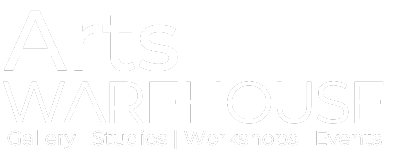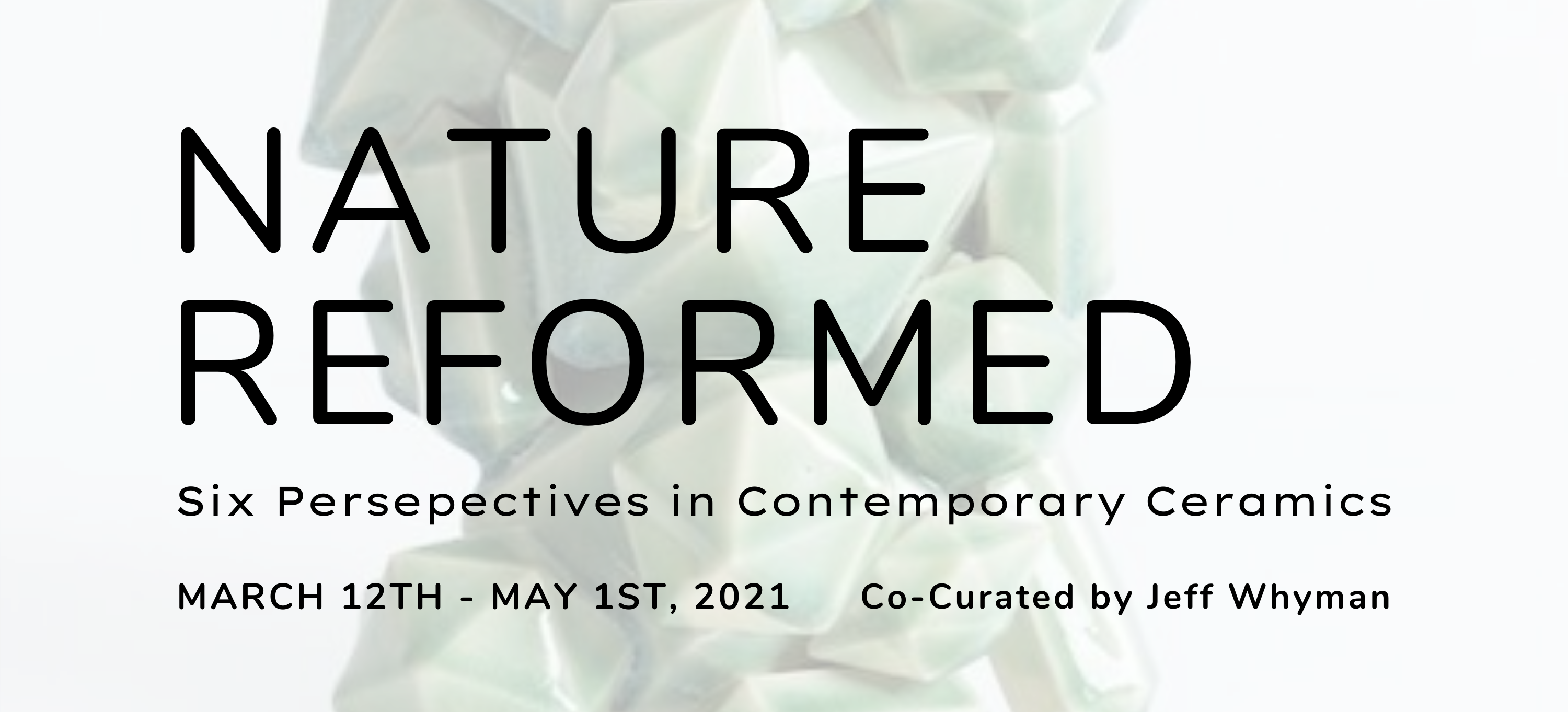JEFF WHYMAN
Delray Beach, Florida
Born in St. Louis in 1953, Whyman delights in remembering himself as an awed child watching the Gateway Arch being built, and he tells stories of his near simultaneous discovery of fossil shells, of clay that he could shape with his hands, and of fired clay in the form of salt-glazed sewer pipe being laid in his neighborhood. Shells and ceramics continued to be his interest in high school, and in college he struggled to make a choice, first studying marine biology in Miami and then studying ceramics at the Kansas City Art Institute.
He also fell under the influence of his teachers and of Voulkos, and he is loyal to those individuals. He and Voulkos had in common their first art expression being painting, their discovery of a feeling for clay, and their move to metal sculpture as a means to larger scale. It was Voulkos who urged Whyman to return to clay after years of concentrating on steel.
Whyman’s ceramics are inspired by nature, including the shells he collects. His vessels, teapots, and plates retain a semblance of function but are really sculptures. His spouts are twisted, his vases sag and tilt, and his plates are rife with lumpy accretions. Whyman creates his works all in one moment while the clay is still wet. He uses the wheel to throw his vessels and spontaneously adds materials as sea glass, Chinese crystals, mineral oxides, metal nails, and wood ash to make forms that call to mind rock formations and what one might find on the ocean floor.
jeffwhyman.com

